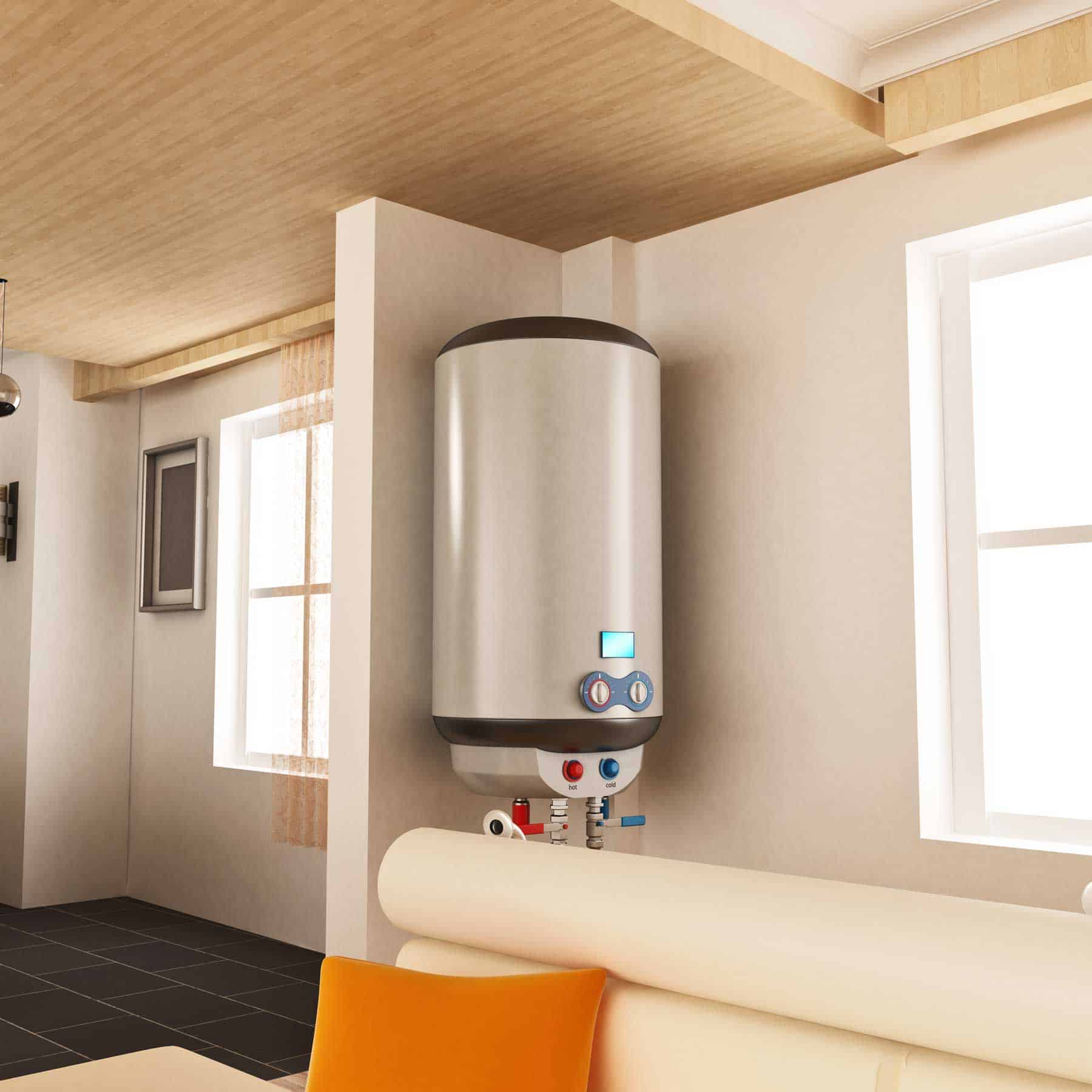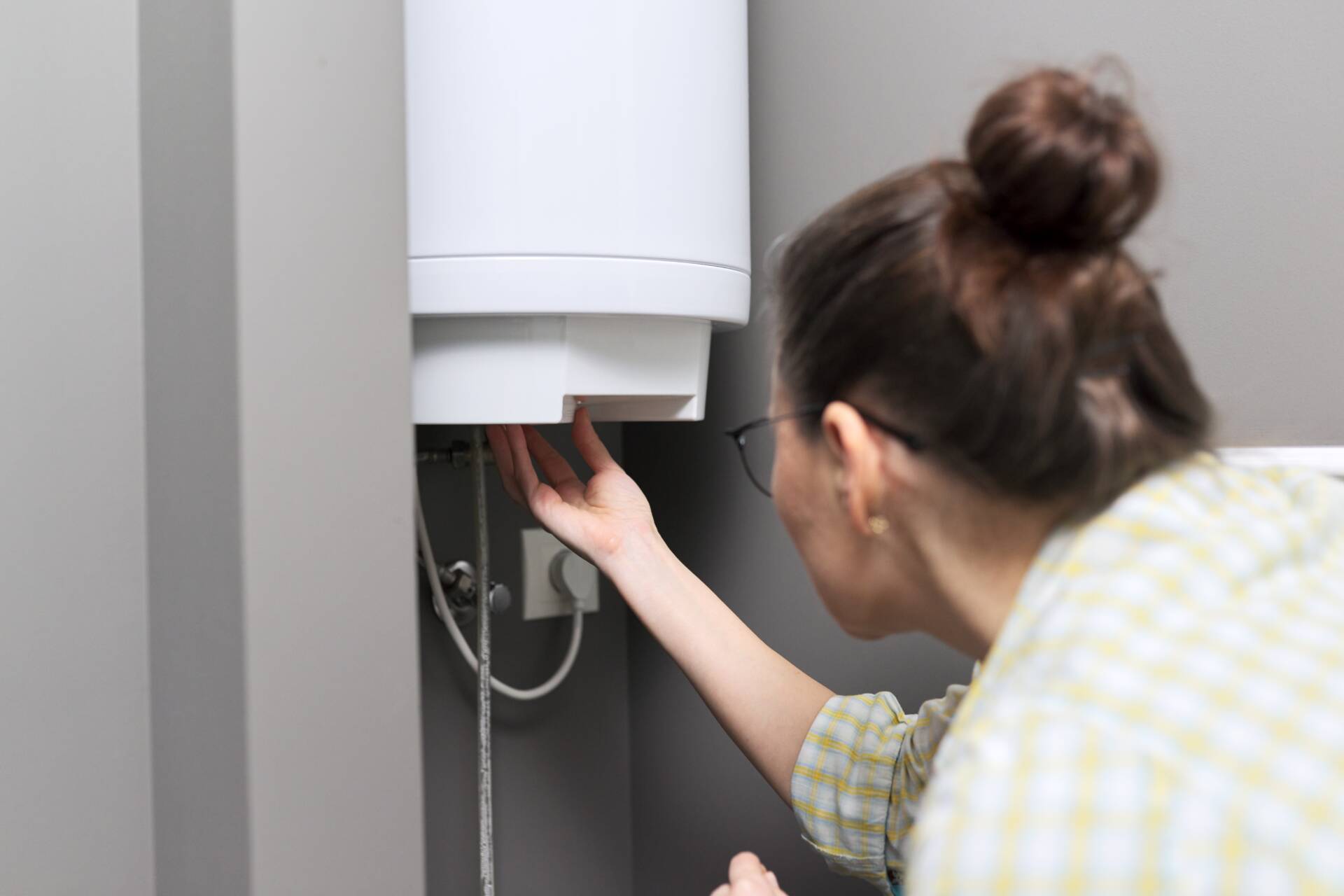How to Maintain Your Home's Hot Water System Functioning WellUseful Strategies for Caring for Your Home's Hot Water SystemExpert Advice on Maintaining Your Home's Hot Water System
How to Maintain Your Home's Hot Water System Functioning WellUseful Strategies for Caring for Your Home's Hot Water SystemExpert Advice on Maintaining Your Home's Hot Water System
Blog Article
What're your thoughts and feelings on How to Maintain Your Water Heater & Prolong its Life?

Warm water is necessary for day-to-day convenience, whether it's for a revitalizing shower or cleaning dishes. To ensure your warm water system runs successfully and lasts longer, regular maintenance is key. This post provides useful ideas and understandings on how to maintain your home's hot water system to stay clear of disruptions and costly repair work.
Introduction
Preserving your home's warm water system could appear difficult, however with a couple of straightforward steps, you can ensure it operates smoothly for years to come. This overview covers every little thing from comprehending your hot water system to DIY maintenance tips and recognizing when to call specialist aid.
Importance of Maintaining Your Hot Water System
Regular upkeep not just expands the life-span of your warm water system yet additionally guarantees it operates efficiently. Neglecting maintenance can lead to decreased efficiency, greater power costs, and also early failing of the system.
Indications Your Hot Water System Needs Maintenance
Knowing when your hot water system requires focus can stop major issues. Look out for signs such as irregular water temperature level, weird noises from the heater, or rusty water.
Purging the Hot Water Heater
Flushing your water heater removes debris accumulation, improving efficiency and lengthening its life.
Monitoring and Replacing Anode Rods
Anode poles avoid rust inside the container. Inspecting and replacing them when worn is essential.
Complex Problems Needing Specialist Assistance
Examples include major leakages, electrical problems, or if your hot water heater is constantly underperforming.
Regular Professional Upkeep Conveniences
Expert maintenance can include comprehensive assessments, tune-ups, and ensuring compliance with security requirements.
Inspecting and Adjusting Temperature Level Settings
Readjusting the temperature setups guarantees optimum performance and safety and security.
Do It Yourself Tips for Upkeep
You can carry out numerous maintenance jobs yourself to maintain your hot water system in leading condition.
Looking for Leaks
On a regular basis examine pipelines and links for leakages, as these can cause water damages and higher expenses.
Recognizing Your Hot Water System
Prior to diving right into upkeep tasks, it's helpful to recognize the standard elements of your warm water system. Usually, this consists of the water heater itself, pipes, anode rods, and temperature level controls.
Monthly Maintenance Tasks
Regular monthly checks can help capture minor concerns prior to they rise.
Examining Stress Alleviation Valves
Examining the stress safety valve guarantees it functions properly and protects against excessive stress accumulation.
Insulating Pipes
Shielding hot water pipes decreases warmth loss and can conserve power.
When to Call a Specialist
While DIY maintenance is helpful, some concerns call for professional expertise.
Conclusion
Normal upkeep of your home's warm water system is essential for efficiency, durability, and expense financial savings. By following these suggestions and understanding when to look for specialist aid, you can make certain a reputable supply of hot water without unanticipated disruptions.
Water Heater Maintenance: The Basics
Maintaining your water heater will ensure it operates efficiently and has a longer lifespan. Neglecting regular maintenance can lead to costly repairs and an even bigger chunk of your savings if you have to replace it sooner than necessary. But there’s good news: Most water heater maintenance tasks are relatively simple and easy for homeowners with basic DIY skills.
Flush the Water Heater
Over time, sediment and minerals can build up in the tank, reducing its efficiency and potentially causing damage. To flush the tank, turn off the power or gas supply, attach a hose to the drain valve near the bottom and open the valve to drain the water until it runs clear. Ideally, flush the tank annually.
Replace the Anode Rod
The anode rod is a sacrificial metal rod that helps prevent corrosion inside the tank. Inspect and replace it every three to five years or per the manufacturer's recommendation. To replace the anode rod, turn off the power or gas supply, drain a few gallons of water from the tank, unscrew the old rod and replace it with a new one. If the anode rod is significantly corroded or covered in calcium buildup, it's a sign the water heater may need to be replaced soon.
Tune-Up
A yearly tune-up can help identify potential issues and ensure your water heater operates at peak efficiency. This typically involves checking the thermostat, burner assembly (for gas heaters) and any other components specified by the manufacturer. During a tune-up, the technician may also clean the burner and adjust the pilot light (for gas heaters) or examine the heating elements (for electric heaters).
How to Maintain Your Water Heater
Insulate the tank. Insulating the tank can improve energy efficiency and reduce heat loss, saving you money on energy bills. You can purchase precut insulation blankets designed specifically for water heaters or use standard fiberglass insulation wrapped securely around the tank. Check the temperature. The recommended water temperature for most households is around 120 degrees Fahrenheit (49 degrees Celsius). Higher temperatures can increase energy costs and potentially cause scalding. Use a kitchen thermometer to check the temperature at the faucet nearest the water heater. Monitor water pressure. Excessive water pressure can strain the water heater and cause leaks or even tank failure. Install a pressure-reducing valve if necessary. The ideal water pressure range is between 60 and 70 PSI (pounds per square inch). Test the temperature and pressure (T&P) relief valve. The T&P relief valve is a safety feature that releases pressure if the tank gets too hot or the pressure builds up too high. Test it annually by lifting the lever and allowing a small amount of water to release. Replace the valve if it doesn't release water or reseal properly. Check for leaks. Regularly inspect the tank, pipes and fittings for leaks or corrosion. Deal with issues promptly to prevent further damage. Even a small leak can lead to significant water damage over time. Consider a tankless water heater. If your traditional tank-style water heater is nearing the end of its lifespan ( typically 10 years), consider replacing it with a tankless water heater. These units heat water on demand, reducing standby energy losses and potentially saving you money on your energy bills. Schedule professional maintenance. While homeowners can perform many water heater maintenance tasks, it's still a good idea to schedule professional maintenance every few years. A plumber or HVAC technician can thoroughly inspect the unit, identify potential issues and ensure it operates safely and efficiently. https://www.homeserve.com/en-us/blog/home-improvement/hot-water-heater-maintanence/

As a passionate reader on How to Maintain a Hot Water Heater in a Few Simple Steps, I imagined sharing that short article was a smart idea. In case you liked our post kindly remember to share it. Thanks for your time. Return soon.
Click Here Report this page